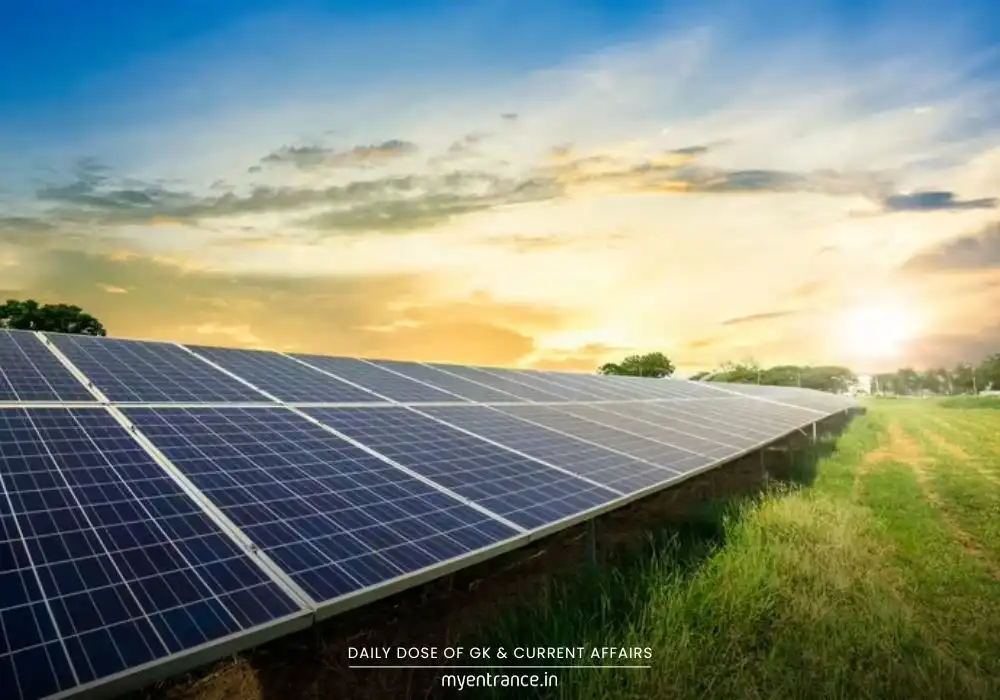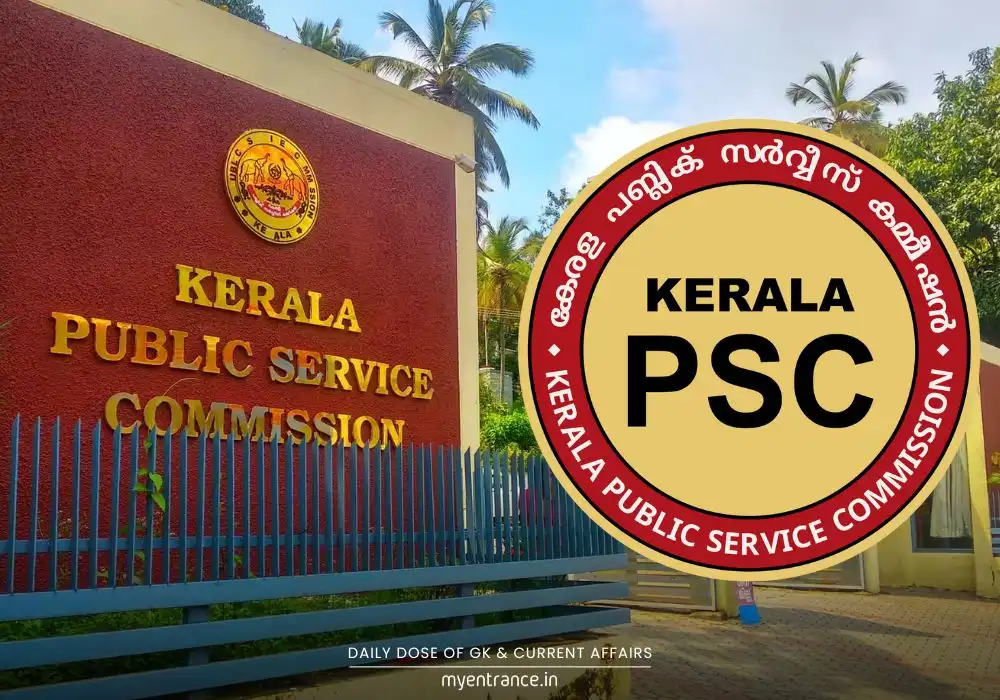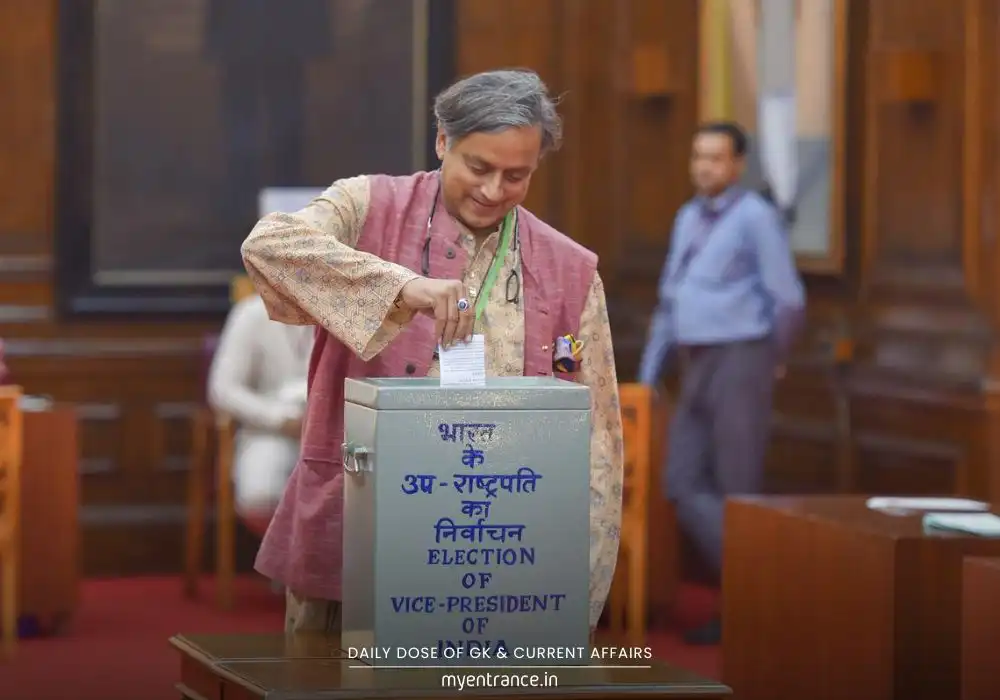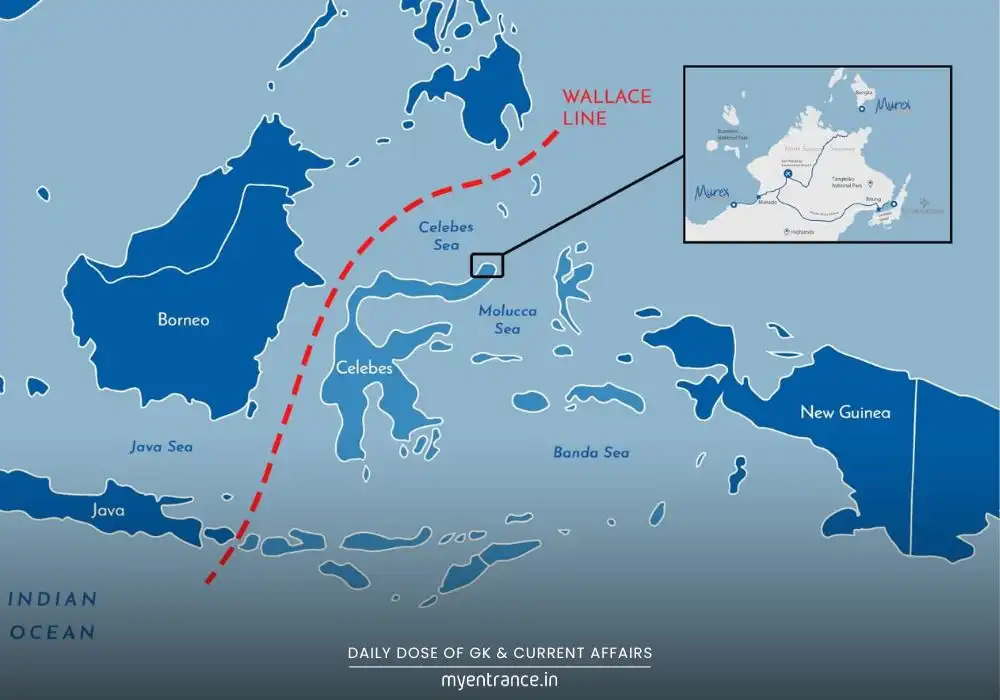Translate Language
India’s Energy Security Revolution: Why Regulatory Redesign is Non-Negotiable
India’s energy security can no longer rely solely on fossil fuel access. To meet its 2070 net-zero pledge, the nation must urgently streamline chaotic renewable energy regulations. This article exposes how regulatory complexity stifles progress and why a systemic redesign is the key to unlocking India’s clean energy future.

Redefining Energy Security: The Twin Tracks
India’s energy strategy operates on dual tracks: fossil fuels (coal, oil, gas) and renewables (solar, wind, biomass). While we’ve fortified traditional energy security through diversified crude imports and cost efficiency, the national mission demands reducing fossil dependency and scaling clean energy. Yet, merely conserving fossil fuels isn’t enough. The real game-changer? Simplifying and harmonizing our tangled energy regulations.
Fossil Fuels: Strengths and Limitations
India has skillfully navigated global volatility—resisting external pressures, securing affordable Russian oil, and enhancing supply chain resilience. Efficiency gains have also reduced fossil fuel intensity per GDP unit. However, geology dictates fossil limitations. Unlike sunlight or wind, hydrocarbons are finite, and no policy can alter natural resource deficits.
Renewables: Growth Hamstrung by Red Tape
Renewable capacity has surged impressively—from 19% to 49% of power capacity in five years. But growth is slowing, and here’s why:
Regulatory chaos stifles momentum. A recent study identified 2,735 compliance obligations across 35 state/central agencies and 30 departments.
40% of these relate to labor; the rest involve land, environment, and safety.
60% require manual form submissions and in-person visits—a relic in a digital age.
Even a 1 MW solar plant needs 100+ approvals before operation, plus recurring filings.
Imagine investors navigating this maze to build 500 GW of usable renewables by 2030!
The “Usable” Energy Gap
Capacity alone isn’t energy security. We need:
Robust interstate transmission networks
Efficient storage systems
Fair tariffs and distribution standards
Seamless grid interconnectivity (as Spain’s 2023 blackout warned)
Without these, green energy remains theoretical.
The Path Forward: Regulatory Redesign
Unlike geology, regulatory barriers are man-made—and solvable. To accelerate our energy transition, we urge:
Consolidate oversight by merging redundant agencies.
Digitize approvals to eliminate manual processes.
Standardize land acquisition and safety norms.
Transparent pricing for supply contracts and grid charges.
Fast-track dispute resolution mechanisms.
Get 3 Months Free Access for SSC, PSC, NIFT & NID
Boost your exam prep!
Use offer code WELCOME28 to get 3 months free subscription. Start preparing today!















